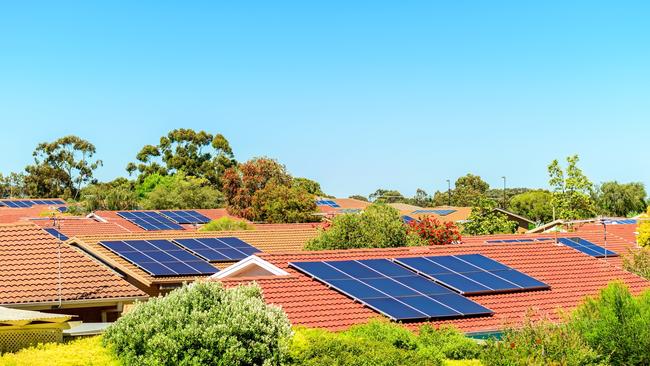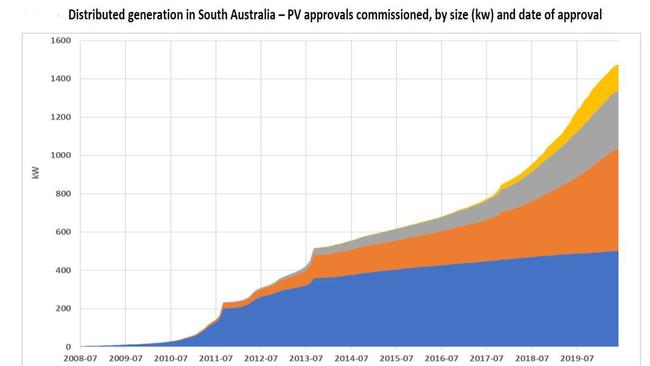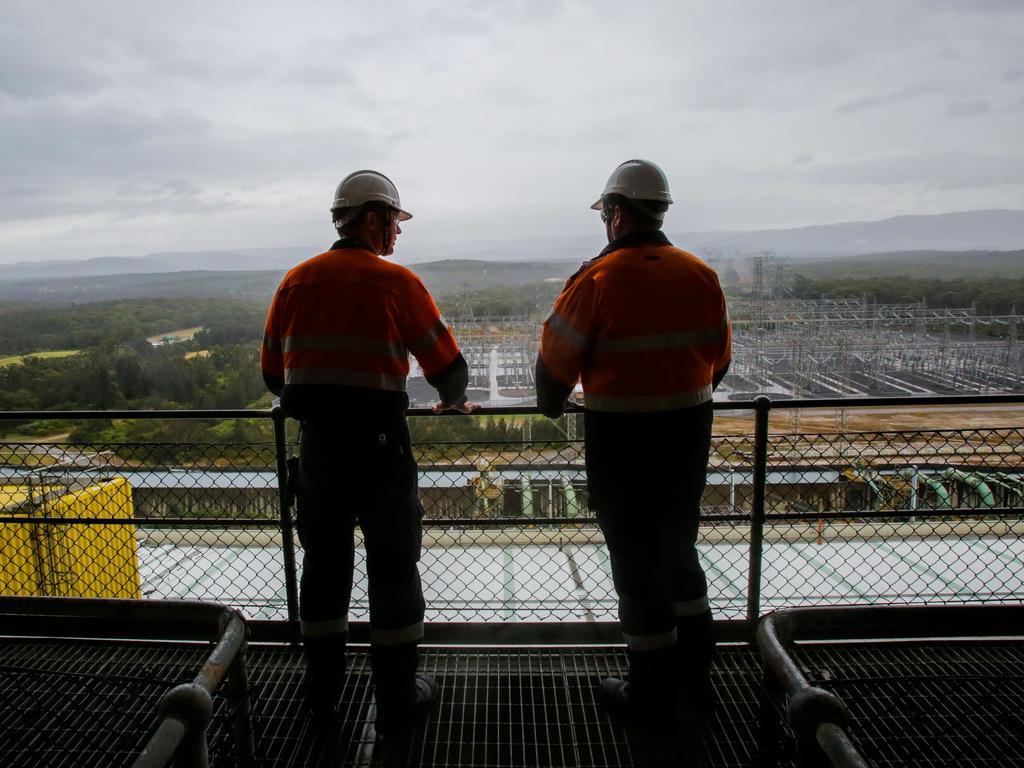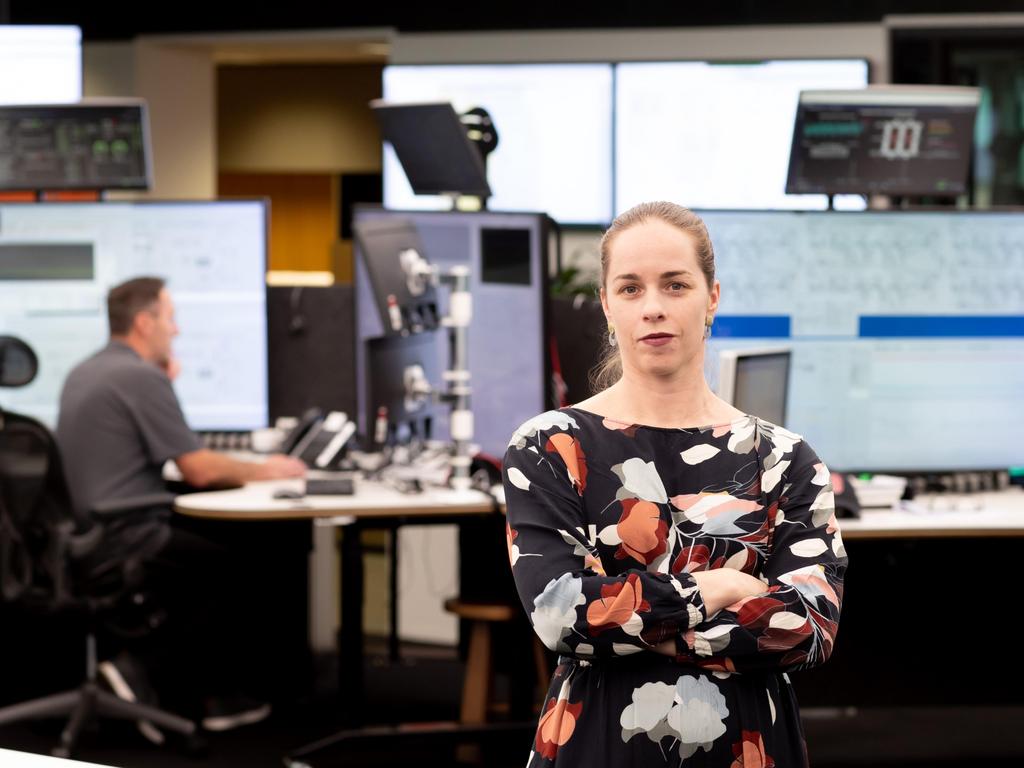Rooftop solar destabilising South Australia energy supply, says Dan van Holst Pellekaan
SA may be forced to consider banning new rooftop solar if it can’t figure out how to stabilise its energy supply, Dan van Holst Pellekaan has warned.

South Australia is worried about the power grid blackouts that could come unless it can solve problems integrating huge supplies of rooftop solar, the state’s energy minister Dan van Holst Pellekaan has warned.
One third of the state’s households have rooftop solar systems installed but the strong uptake has created issues for the renewables-heavy grid, with solar at times generating so much surplus energy that demand falls near zero, destabilising the power system.
Residents with solar now face the prospect of their rooftop panels being switched off remotely to ensure the grid stays stable and secure.
“If the grid reaches net negative demand which under current operations is forecast in South Australia only a few years away, that’s not a political issue, that’s not a market issue, that’s not an environment issue. It’s actually a physics and engineering issue,” Mr van Holst Pellekaan told a Smart Energy Council forum on Wednesday. “The grid blowing up is not the right term, but it simply will not work.”
South Australia faces potentially having to ban the new installation of rooftop solar, but said a raft of measures including urgent investment in network voltage management would boost system security.

“We’re trying to do a lot of things rather than put a moratorium on rooftop solar. We do not want to do that but we will have to curtail feed in to the grid at certain times,” Mr van Holst Pellekaan said. “I accept that’s causing concern and frustration for solar installers. It’s unavoidable and doing nothing is not an option.”
The minister defended South Australia’s dependence on renewables which accounts for over half its electricity needs. The state suffered a major blackout in 2016, triggered by severe weather, with Malcolm Turnbull blasting state Labor governments for pursuing ideological renewable targets while neglecting energy security.
South Australia has also accelerated a timeline for renewables to provide 100 per cent of its electricity needs with plans to hit the ambitious target by 2030.
“We are not philosophically or ideologically constrained in our governance in South Australia,” Mr van Holst Pellekaan told the forum of Australia’s state and territory energy ministers. “We are constrained by a firm conviction that we must move forward with regard to harnessing renewable energy and it must be in a practical way that works for everybody who participates in the market. We’re not locked into ideology. We’re locked into continuing down a path of making sure it’s a practical way to do it.”
Moving the entire state’s generation to renewables may pose a challenge after the national power grid operator said market and regulatory changes will be required to allow solar and wind to provide up to 75 per cent of electricity at times by 2025.
The emergency costs of rescuing Australia’s power grid soared to an all-time record after the South Australian and Victorian interconnector failed over the summer while electricity and gas prices fell to a four-year low amid lower demand.
The costs of managing the power system soared to $310m in the first quarter of 2020, more than double the previous record set in 2008, consuming 8 per cent of all energy costs for the three month period compared with just 1-2 per cent historically, the Australian Energy Market Operator said.






To join the conversation, please log in. Don't have an account? Register
Join the conversation, you are commenting as Logout